 An upcoming art installation in Toronto aims to spark city-wide engagement around greenery and draw attention to the way that trees impact physical and mental health in urban settings. Designed by architects from the Netherlands, the Moving Forest is a mobile project featuring 50 red, silver, sugar and Autumn Blaze maple trees planted in shopping carts travelling through the city for eight weeks, highlighting the importance of trees and shade. …“The project reminds us that as our cities continue to warm and densify, we must ensure that we are prioritizing green infrastructure along with grey,” the project website reads.
An upcoming art installation in Toronto aims to spark city-wide engagement around greenery and draw attention to the way that trees impact physical and mental health in urban settings. Designed by architects from the Netherlands, the Moving Forest is a mobile project featuring 50 red, silver, sugar and Autumn Blaze maple trees planted in shopping carts travelling through the city for eight weeks, highlighting the importance of trees and shade. …“The project reminds us that as our cities continue to warm and densify, we must ensure that we are prioritizing green infrastructure along with grey,” the project website reads.
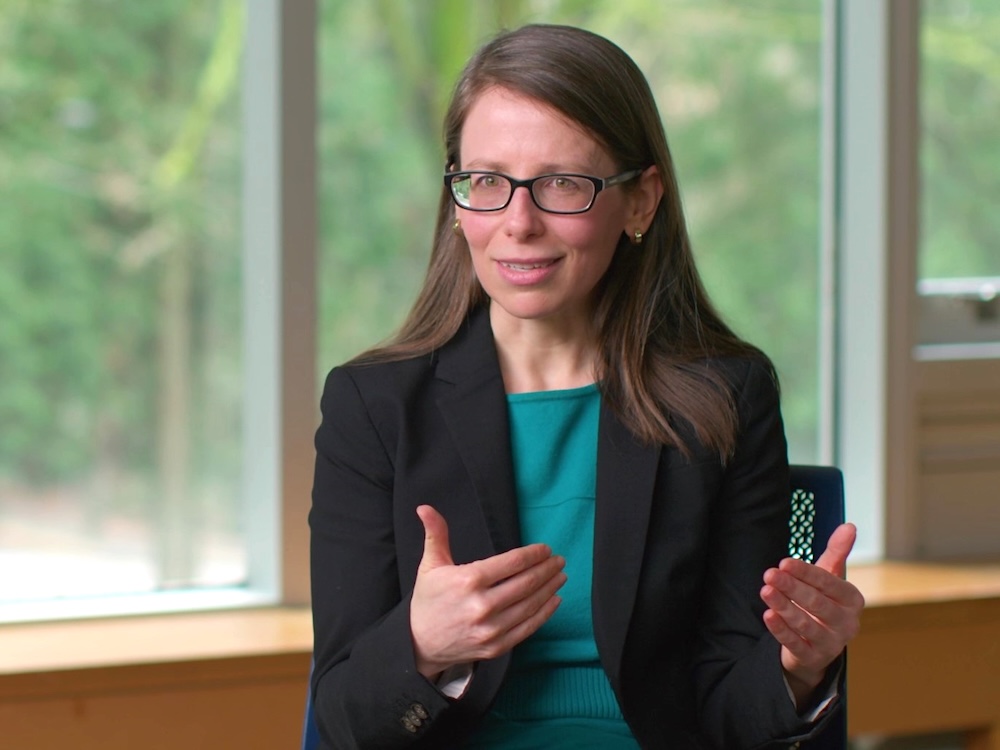



 Members of the newly formed Provincial Forest Advisory Council are tasked with providing recommendations to government on advancing forest stewardship, while supporting communities and workers that rely on forests. Under the Cooperation and Responsible Government Accord 2025, the B.C. government and BC Green caucus have established the Provincial Forest Advisory Council. The council will provide recommendations to government to ensure there are clear and measurable outcomes that support a healthy forests, healthy ecosystems and a healthy forestry sector. …The council will consult with industry partners, such as the Provincial Forestry Forum and ecological, environmental and biodiversity experts, to engage the public for feedback and honour commitments to work in partnership with First Nations. …The council brings together forestry sector leaders that have been jointly appointed by the BC NDP and Green caucuses. The council will provide an interim report this fall, with a final report expected by the end of 2025.
Members of the newly formed Provincial Forest Advisory Council are tasked with providing recommendations to government on advancing forest stewardship, while supporting communities and workers that rely on forests. Under the Cooperation and Responsible Government Accord 2025, the B.C. government and BC Green caucus have established the Provincial Forest Advisory Council. The council will provide recommendations to government to ensure there are clear and measurable outcomes that support a healthy forests, healthy ecosystems and a healthy forestry sector. …The council will consult with industry partners, such as the Provincial Forestry Forum and ecological, environmental and biodiversity experts, to engage the public for feedback and honour commitments to work in partnership with First Nations. …The council brings together forestry sector leaders that have been jointly appointed by the BC NDP and Green caucuses. The council will provide an interim report this fall, with a final report expected by the end of 2025. 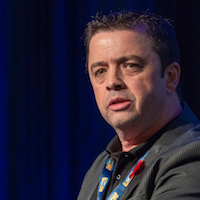



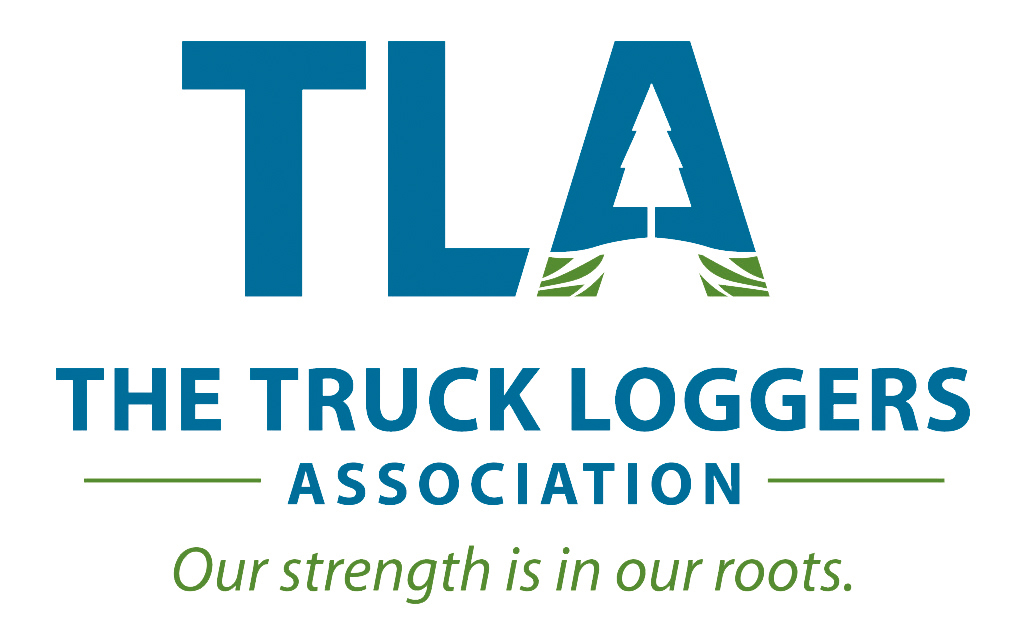 For 82 years, the TLA’s long history of supporting the forward movement of BC’s forest sector with the core objective of ensuring the ongoing prosperity of the contracting community and the people working in it, has been to the overall benefit of our forests. BC’s forest sector is wrestling with difficult and challenging conditions caused by many factors including changes in government policies, increasing complexity, conflicting mandates, and ever-increasing cost structures. We are overdue for a comprehensive overhaul of the current environment we deal with and the need to return to a dedicated vision towards renewed prosperity. However, today’s announcement of the new Provincial Forest Advisory Council (PFAC), yet another committee to review BC’s forest sector and provide recommendations to the Minister of Forests, is of concern. Notably, the advisory council does not include representation from boots-on-the-ground, independent contractors who can provide a valuable perspective on the impacts of potential changes.
For 82 years, the TLA’s long history of supporting the forward movement of BC’s forest sector with the core objective of ensuring the ongoing prosperity of the contracting community and the people working in it, has been to the overall benefit of our forests. BC’s forest sector is wrestling with difficult and challenging conditions caused by many factors including changes in government policies, increasing complexity, conflicting mandates, and ever-increasing cost structures. We are overdue for a comprehensive overhaul of the current environment we deal with and the need to return to a dedicated vision towards renewed prosperity. However, today’s announcement of the new Provincial Forest Advisory Council (PFAC), yet another committee to review BC’s forest sector and provide recommendations to the Minister of Forests, is of concern. Notably, the advisory council does not include representation from boots-on-the-ground, independent contractors who can provide a valuable perspective on the impacts of potential changes.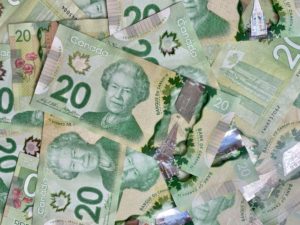 Canada’s inflation rate eased to 1.7% in April, driven by a drop in prices after the federal government removed the consumer carbon tax, according to Statistics Canada. The slowdown came after the inflation rate hit 2.3% in March. Lower crude oil prices were also a factor in the decline, the data agency said. Despite the decline in headline inflation, core inflation measures all rose in April, some above three per cent — well above the Bank of Canada’s two per cent target rate. The central bank watches those numbers closely because they strip out volatile sectors and don’t factor in one-offs like the removal of the carbon tax. …The central bank is set to make its next interest rate decision on June 4. Porter still expects that the Bank of Canada will cut, given the outlook for weak economic growth in 2025, but said the bank might need more time to see how inflation plays out.
Canada’s inflation rate eased to 1.7% in April, driven by a drop in prices after the federal government removed the consumer carbon tax, according to Statistics Canada. The slowdown came after the inflation rate hit 2.3% in March. Lower crude oil prices were also a factor in the decline, the data agency said. Despite the decline in headline inflation, core inflation measures all rose in April, some above three per cent — well above the Bank of Canada’s two per cent target rate. The central bank watches those numbers closely because they strip out volatile sectors and don’t factor in one-offs like the removal of the carbon tax. …The central bank is set to make its next interest rate decision on June 4. Porter still expects that the Bank of Canada will cut, given the outlook for weak economic growth in 2025, but said the bank might need more time to see how inflation plays out. Tariff discussions about reducing US dependence on foreign goods became a focus for the second Trump administration. …However, the US forest products industry’s reliance on Canadian wood raises questions about eliminating Canadian wood imports entirely. This piece is the second in a two-part series by the Fastmarkets team.
Tariff discussions about reducing US dependence on foreign goods became a focus for the second Trump administration. …However, the US forest products industry’s reliance on Canadian wood raises questions about eliminating Canadian wood imports entirely. This piece is the second in a two-part series by the Fastmarkets team. 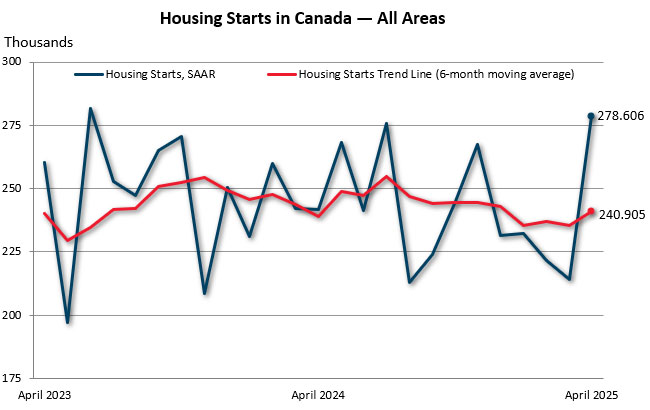



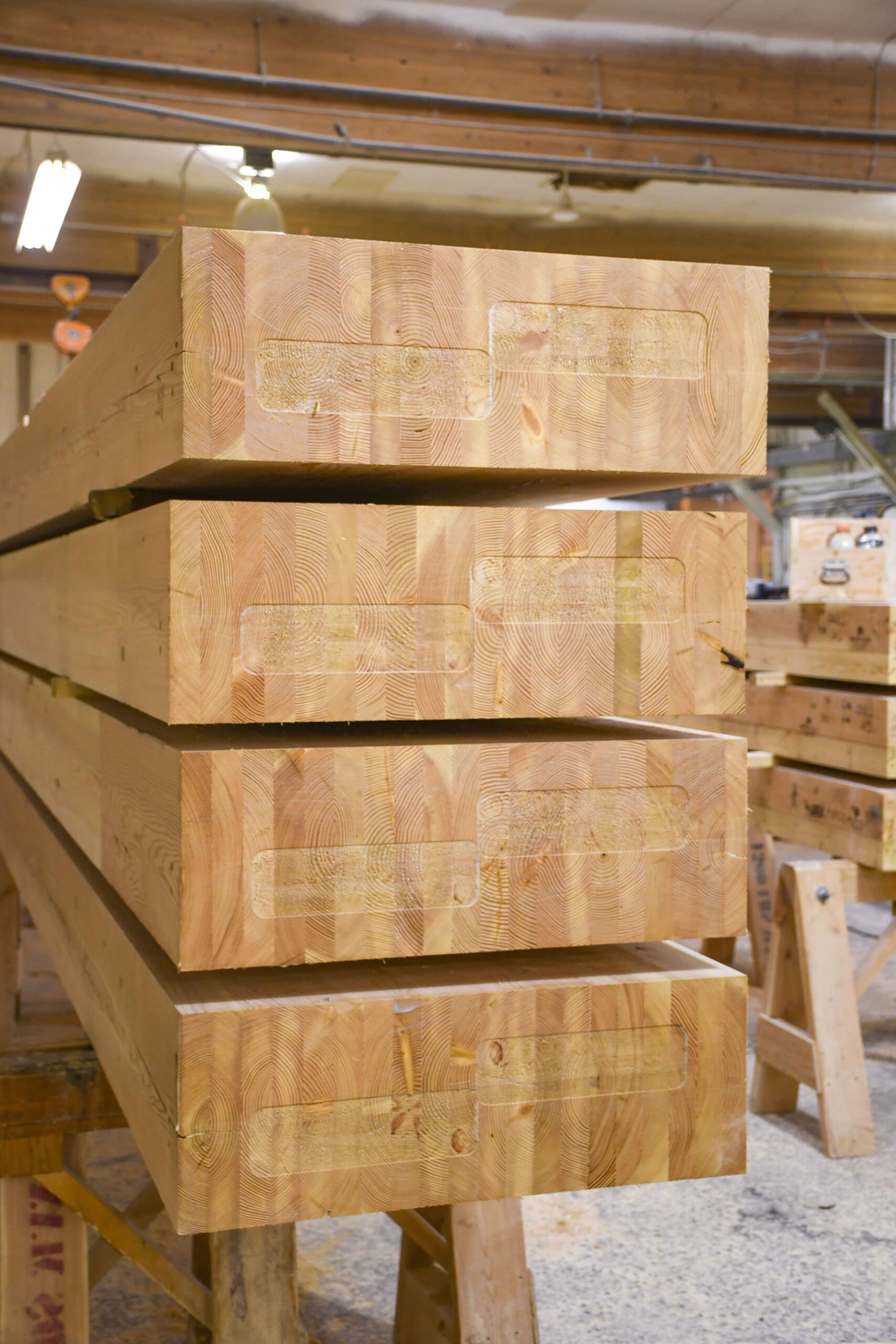 We are taking a look at developments throughout the Kootenay region. All of these developments are in the planning, permitting stage or development is underway. …Castlegar: Kalesnikoff Mass Timber Project Completion In Sight — Completion is in sight for one of West Kootenay’s biggest projects. Last year the BC government’s Manufacturing Jobs Fund (BCMJF) contributed some $6.7 million to assist Kalesnikoff Mass Timber Inc. to expand by establishing a new prefabricated mass-timber and cross-laminated timber modularized building facility, and purchasing new machinery to drive production of building components that will be used for rapid housing construction. The $34 million Mass Timber facility will create 90 jobs… This is the third Kalesnikoff operation in the region. Nelson: Spearhead Timberworks Set to Expand – Spearhead Timberworks, recently received a $7.5-million grant from the B.C government to expand its North Shore facility. The new facility will allow it to upgrade and increase production of its own custom glue-laminated timber.
We are taking a look at developments throughout the Kootenay region. All of these developments are in the planning, permitting stage or development is underway. …Castlegar: Kalesnikoff Mass Timber Project Completion In Sight — Completion is in sight for one of West Kootenay’s biggest projects. Last year the BC government’s Manufacturing Jobs Fund (BCMJF) contributed some $6.7 million to assist Kalesnikoff Mass Timber Inc. to expand by establishing a new prefabricated mass-timber and cross-laminated timber modularized building facility, and purchasing new machinery to drive production of building components that will be used for rapid housing construction. The $34 million Mass Timber facility will create 90 jobs… This is the third Kalesnikoff operation in the region. Nelson: Spearhead Timberworks Set to Expand – Spearhead Timberworks, recently received a $7.5-million grant from the B.C government to expand its North Shore facility. The new facility will allow it to upgrade and increase production of its own custom glue-laminated timber. 
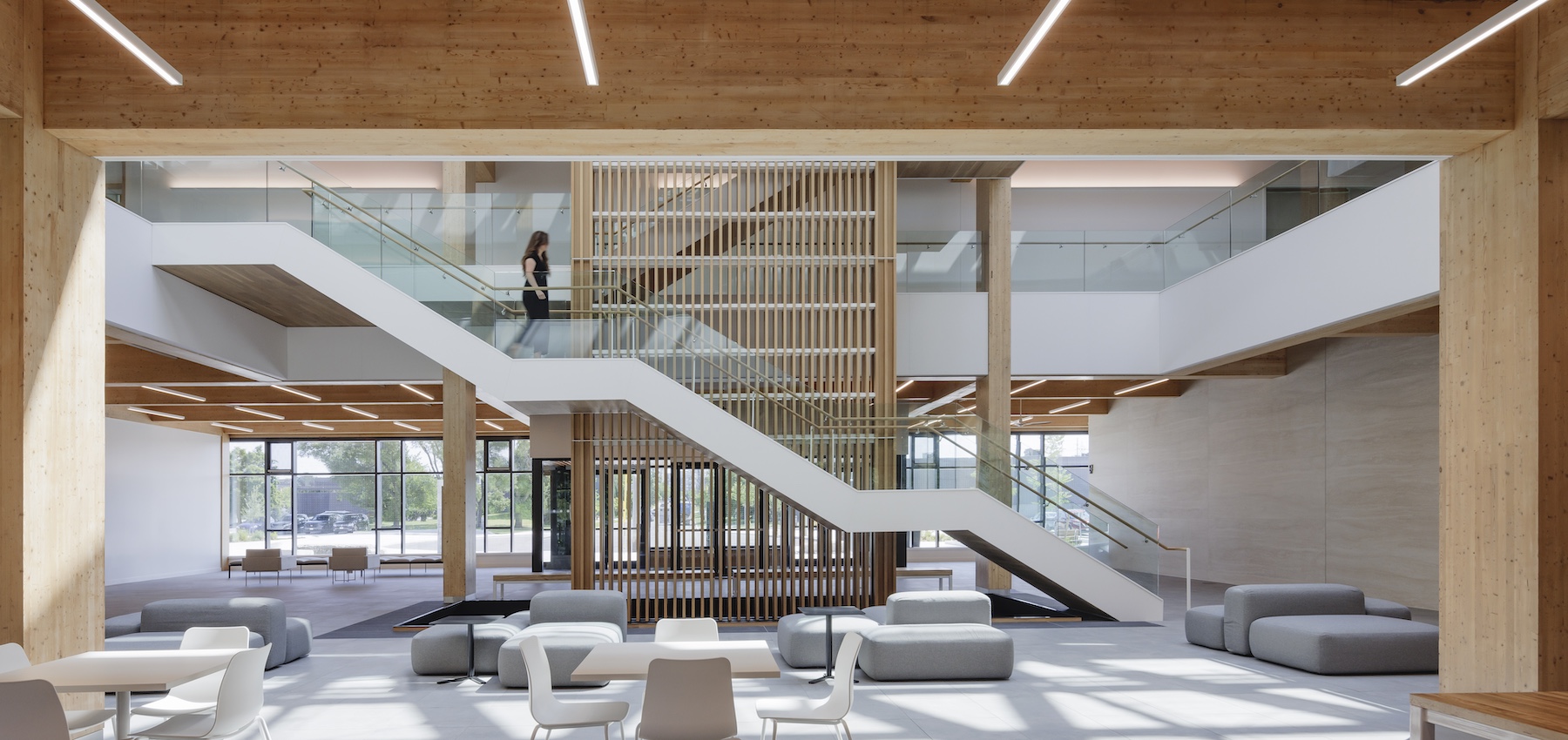

 BANFF — Looking out over a budding meadow with blackened tree stumps on the edge of Banff National Park, Cliff White points to a dark thicket of trees where the empty plot ends. “The next fire in here is going to be incredible,” says the former Parks Canada fire management co-ordinator, standing in the expansive Carrot Creek fire break. …The Rockies are facing another year of drought conditions. …In the race to mitigate the damage from future fires, stewards of Alberta’s parks have turned to loggers to create fire guards like Carrot Creek. The areas are designed to starve a fire of fuel and create enough empty land for embers to fizzle out on the ground. …Each fire break represents the start of a new ecosystem that Parks Canada will need to maintain.
BANFF — Looking out over a budding meadow with blackened tree stumps on the edge of Banff National Park, Cliff White points to a dark thicket of trees where the empty plot ends. “The next fire in here is going to be incredible,” says the former Parks Canada fire management co-ordinator, standing in the expansive Carrot Creek fire break. …The Rockies are facing another year of drought conditions. …In the race to mitigate the damage from future fires, stewards of Alberta’s parks have turned to loggers to create fire guards like Carrot Creek. The areas are designed to starve a fire of fuel and create enough empty land for embers to fizzle out on the ground. …Each fire break represents the start of a new ecosystem that Parks Canada will need to maintain.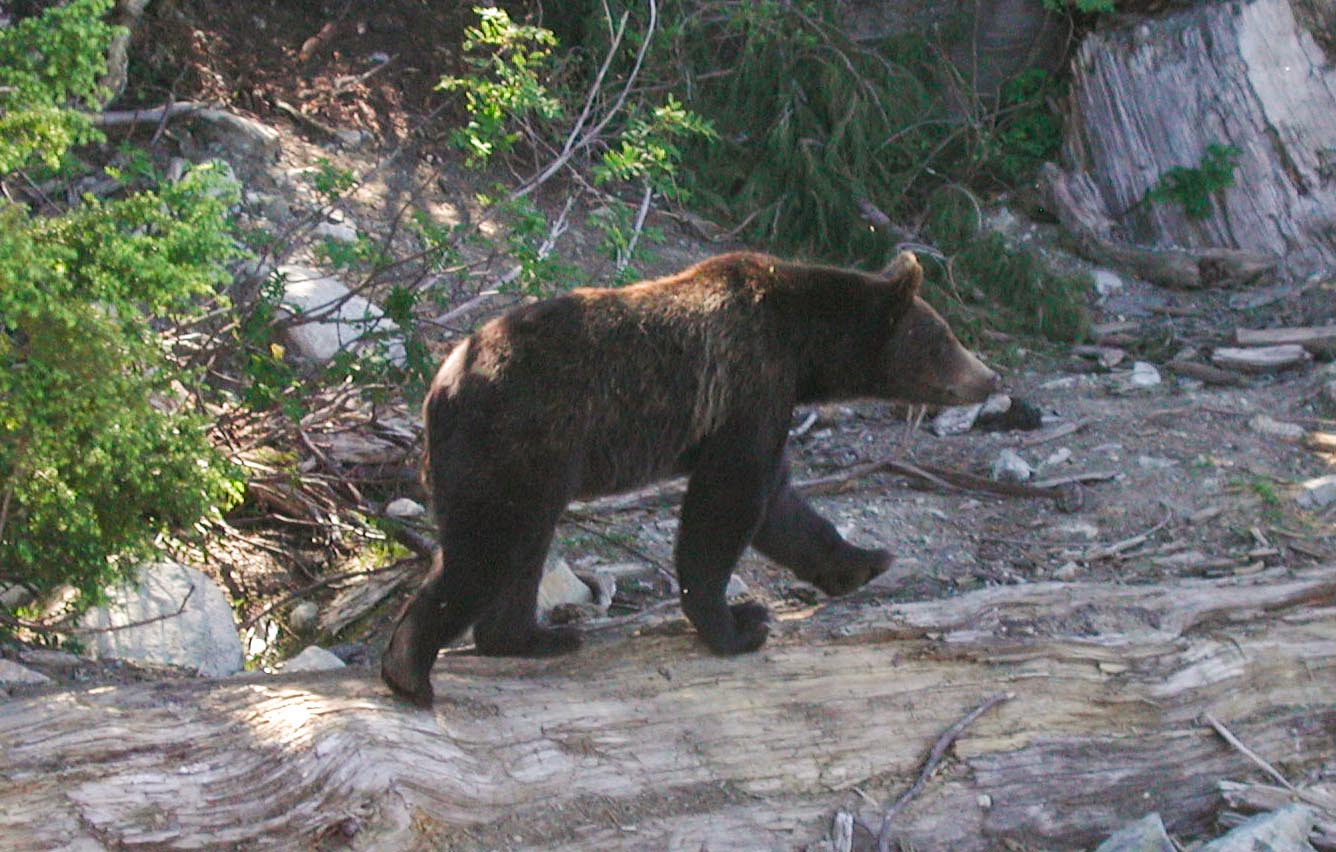 They’re common subjects of news stories and interaction with humans and urban areas. But how common is the black bear in B.C.? Wildlife advocates say the answer is far from clear, and better data is required to help and understand the species, many of whom are destroyed as a result of becoming habituated to human food. “I want some more pressure on the government to address this big knowledge gap that we just don’t know how many we have,” said registered professional biologist Helen Davis with Artemis Wildlife Consultants. “We don’t know if we’re hunting too many, if we’re killing too many through conflict.” …Biologists like Davis, who, along with First Nations, want bear dens in old-growth forests protected with provincewide legislation, say there could be a misconception that a key species with ecological and cultural value is plentiful when the data to support that is outdated or even dubious.
They’re common subjects of news stories and interaction with humans and urban areas. But how common is the black bear in B.C.? Wildlife advocates say the answer is far from clear, and better data is required to help and understand the species, many of whom are destroyed as a result of becoming habituated to human food. “I want some more pressure on the government to address this big knowledge gap that we just don’t know how many we have,” said registered professional biologist Helen Davis with Artemis Wildlife Consultants. “We don’t know if we’re hunting too many, if we’re killing too many through conflict.” …Biologists like Davis, who, along with First Nations, want bear dens in old-growth forests protected with provincewide legislation, say there could be a misconception that a key species with ecological and cultural value is plentiful when the data to support that is outdated or even dubious.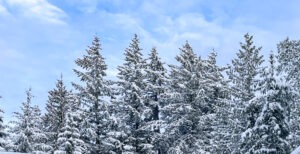 With fire season arriving earlier and burning longer each year, Whistler is pushing forward with a suite of new wildfire risk mitigation measures—ranging from forest fuel-thinning and emergency planning to updated bylaws and collaborative research. At the heart of the work is a recognition wildfires are no longer rare events, but a growing threat made worse by climate change. “We are acutely aware that the wildfire risk is rising in Whistler and it’s the single biggest climate change related risk and vulnerability for all of us here,” said the Resort Municipality of Whistler’s (RMOW) manager of climate and environment Luisa Burhenne at the May 13 council meeting. The RMOW has treated more than 100 hectares of high-risk forest, representing about one-third of its 2030 target.
With fire season arriving earlier and burning longer each year, Whistler is pushing forward with a suite of new wildfire risk mitigation measures—ranging from forest fuel-thinning and emergency planning to updated bylaws and collaborative research. At the heart of the work is a recognition wildfires are no longer rare events, but a growing threat made worse by climate change. “We are acutely aware that the wildfire risk is rising in Whistler and it’s the single biggest climate change related risk and vulnerability for all of us here,” said the Resort Municipality of Whistler’s (RMOW) manager of climate and environment Luisa Burhenne at the May 13 council meeting. The RMOW has treated more than 100 hectares of high-risk forest, representing about one-third of its 2030 target.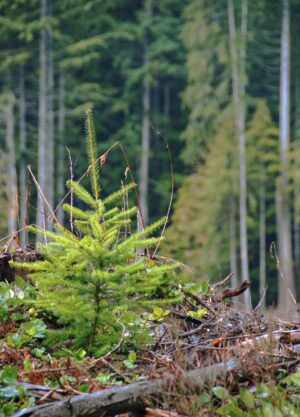 While the persistent, multi-year presence of a destructive pest known as spruce budworm has been noted by Alberta Forestry and Parks, an entomologist for the provincial government said the localized impact is not yet considered an epidemic. “We mapped some minor infestations that are on private land south of the Sundre area,” said Forest Health Specialist Caroline Whitehouse. “That kind of extends along that narrow band of spruce between the public forest and private land all the way west of Diamond Valley,” Whitehouse said. “And then it does peak into the Kananaskis forest area a little bit, but it’s really quite minor in that region”… Steve Bouchet, owner of Everblue Nursery who first established a plantation near Sundre in 1996, said he is less worried about his own tree farm where he can deploy mitigation strategies to attack the aggressive pest but harbours concern about damage trees in the greater area could suffer.
While the persistent, multi-year presence of a destructive pest known as spruce budworm has been noted by Alberta Forestry and Parks, an entomologist for the provincial government said the localized impact is not yet considered an epidemic. “We mapped some minor infestations that are on private land south of the Sundre area,” said Forest Health Specialist Caroline Whitehouse. “That kind of extends along that narrow band of spruce between the public forest and private land all the way west of Diamond Valley,” Whitehouse said. “And then it does peak into the Kananaskis forest area a little bit, but it’s really quite minor in that region”… Steve Bouchet, owner of Everblue Nursery who first established a plantation near Sundre in 1996, said he is less worried about his own tree farm where he can deploy mitigation strategies to attack the aggressive pest but harbours concern about damage trees in the greater area could suffer.

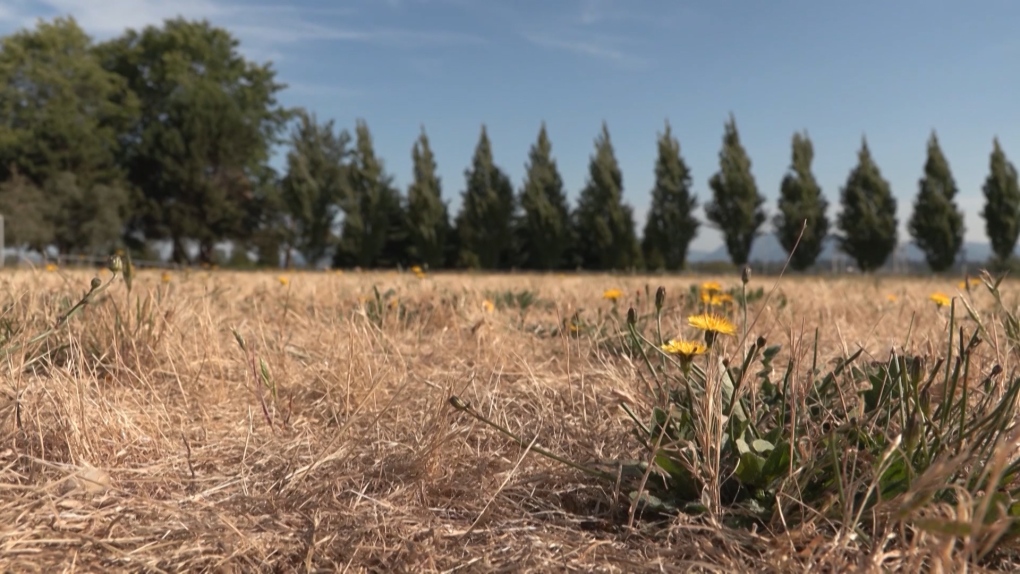

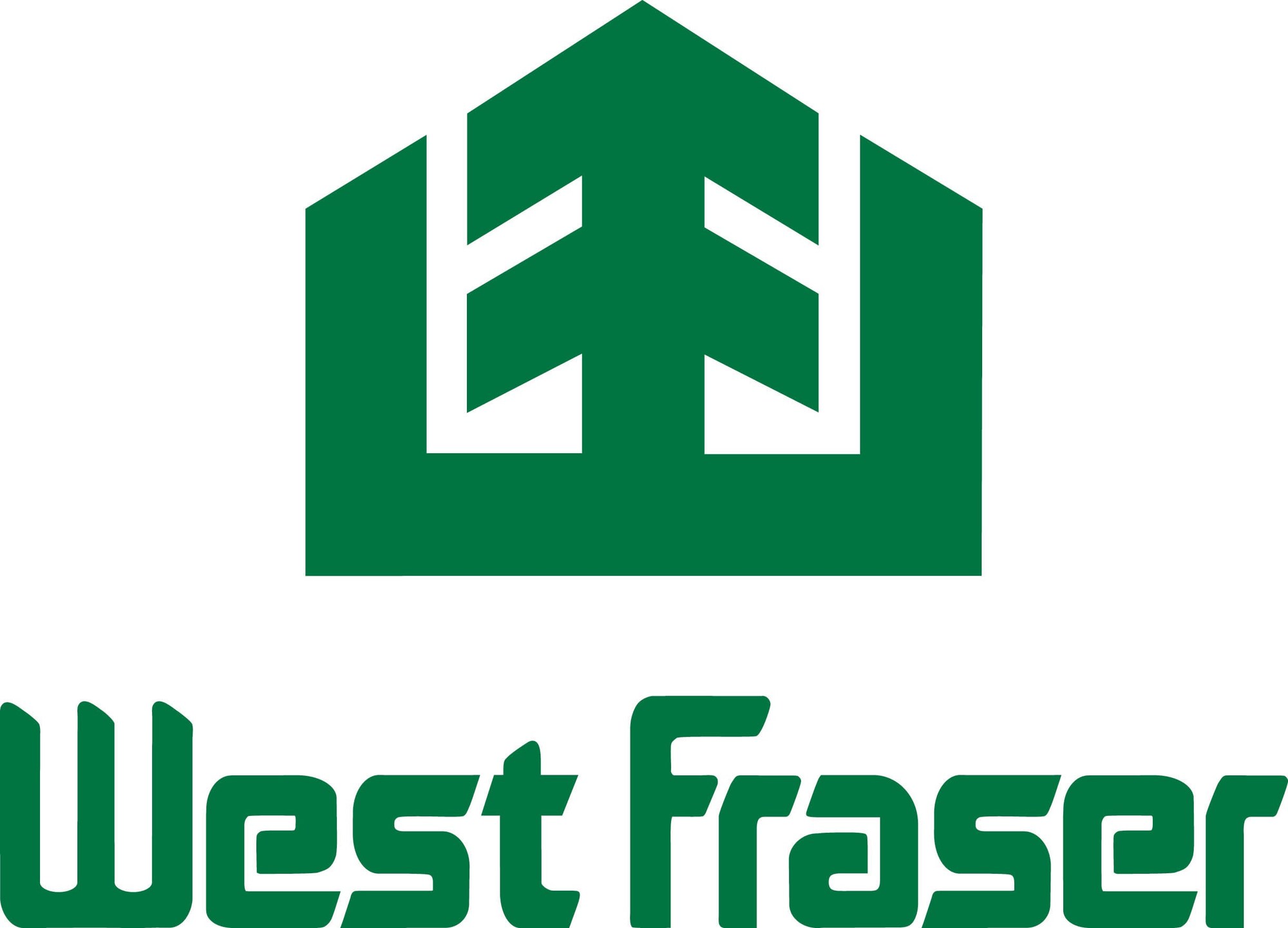
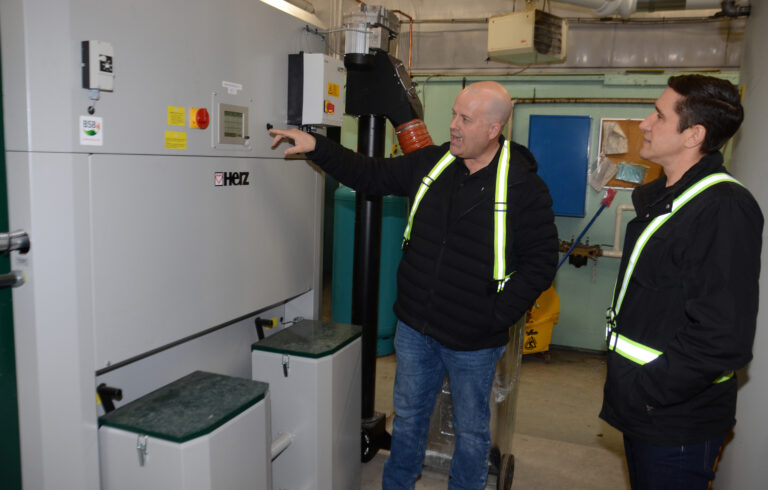

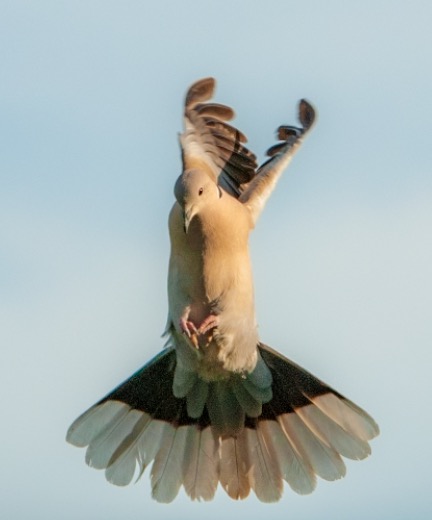 Flags have been lowered to half-mast at the Manitoba Legislative Building to honour two people who died after being trapped by an out-of-control wildfire in the rural municipality of Lac du Bonnet. Premier Wab Kinew, who offered condolences to the family, friends and community members of the victims, called the move “a small gesture towards the sympathies that we feel and how this latest turn in this year’s wildfire situation hits on a different emotional level.” “The news of this loss of life changes what was an emergency into a tragedy,” he said at a Thursday morning news conference. …Kinew urged people heading into the May long weekend — traditionally the unofficial start to summer and camping season — to listen to evacuation orders and stay out of areas where emergency crews are working. As of Thursday, there are 21 fires burning in the province, with a total of 80 recorded so far this season…
Flags have been lowered to half-mast at the Manitoba Legislative Building to honour two people who died after being trapped by an out-of-control wildfire in the rural municipality of Lac du Bonnet. Premier Wab Kinew, who offered condolences to the family, friends and community members of the victims, called the move “a small gesture towards the sympathies that we feel and how this latest turn in this year’s wildfire situation hits on a different emotional level.” “The news of this loss of life changes what was an emergency into a tragedy,” he said at a Thursday morning news conference. …Kinew urged people heading into the May long weekend — traditionally the unofficial start to summer and camping season — to listen to evacuation orders and stay out of areas where emergency crews are working. As of Thursday, there are 21 fires burning in the province, with a total of 80 recorded so far this season… A major wildfire burning in central Canada has killed two people and forced 1,000 more to evacuate their homes, kicking off a fire season authorities warn could prove devastating. Canadian federal police confirmed on Wednesday that two people died in the small community of Lac du Bonnet, in the central province of Manitoba, which is experiencing unusually hot, dry and windy conditions. Manitoba’s premier, Wab Kinew, said he was “deeply saddened to learn of the tragic loss of two Manitobans due to the wildfires”. “My heart goes out to their loved ones,” he added in a post on Twitter/X. In 2023, during Canada’s worst wildfire season, there were no recorded civilian deaths. Chris Hastie of the Royal Canadian mounted police told reporters that authorities “were aware that these individuals had been trapped in the fire”.
A major wildfire burning in central Canada has killed two people and forced 1,000 more to evacuate their homes, kicking off a fire season authorities warn could prove devastating. Canadian federal police confirmed on Wednesday that two people died in the small community of Lac du Bonnet, in the central province of Manitoba, which is experiencing unusually hot, dry and windy conditions. Manitoba’s premier, Wab Kinew, said he was “deeply saddened to learn of the tragic loss of two Manitobans due to the wildfires”. “My heart goes out to their loved ones,” he added in a post on Twitter/X. In 2023, during Canada’s worst wildfire season, there were no recorded civilian deaths. Chris Hastie of the Royal Canadian mounted police told reporters that authorities “were aware that these individuals had been trapped in the fire”.